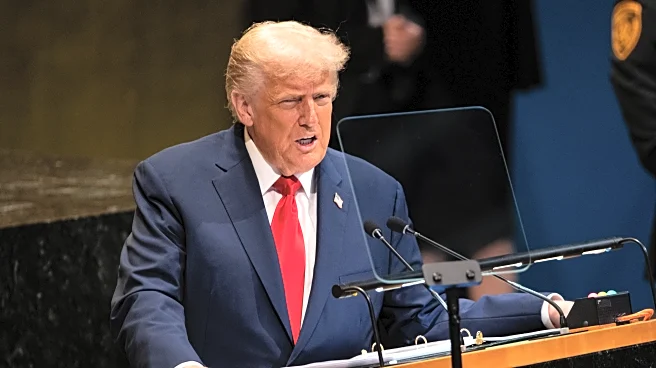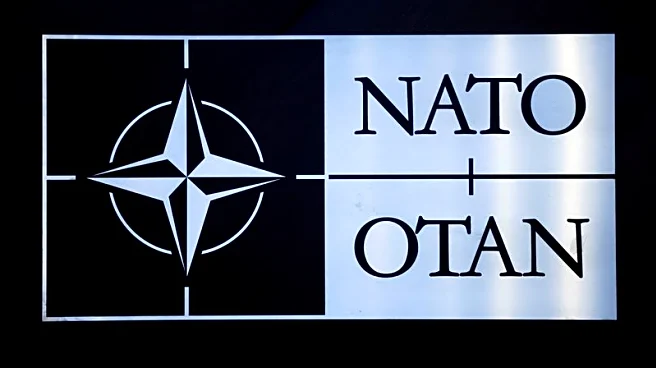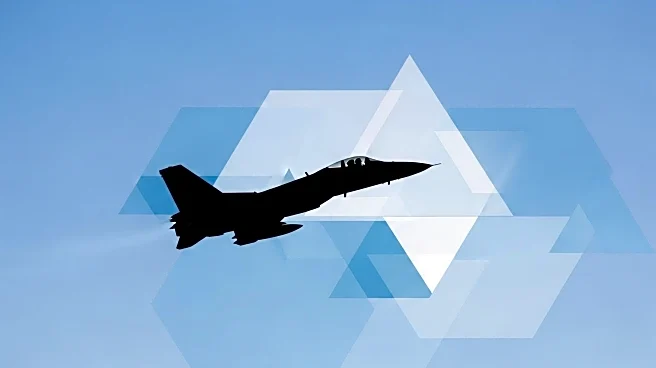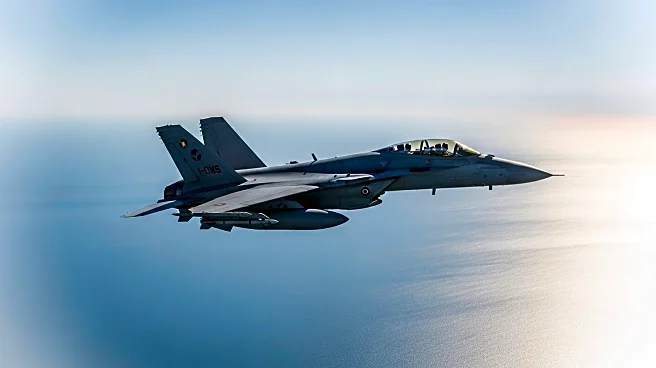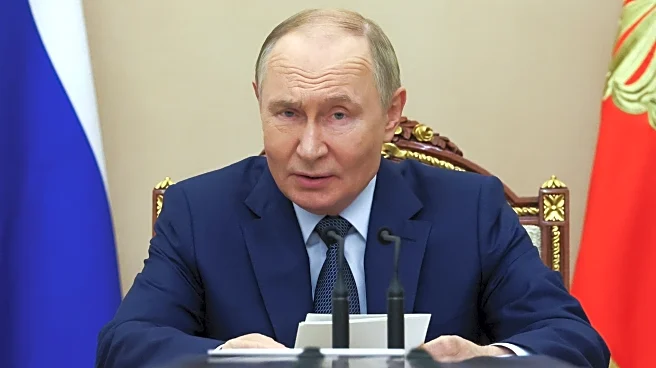What's Happening?
The North American Aerospace Defense Command (NORAD) detected two Russian nuclear-capable Tu-95 bombers and two Su-35 fighter jets operating in the Alaskan Air Defense Identification Zone (ADIZ) on September 25, 2025. NORAD responded by deploying an E-3 Sentry surveillance plane, four F-16 Fighting Falcons, and four KC-135 aerial tankers to intercept and identify the Russian aircraft. The Russian planes remained in international airspace and did not enter American or Canadian sovereign airspace. NORAD emphasized that such activity in the Alaskan ADIZ is regular and not considered a threat. This incident follows similar occurrences, including the detection of a Russian IL-20 COOT surveillance jet last month.
Why It's Important?
The interception of Russian aircraft near Alaska highlights ongoing tensions between the U.S. and Russia, particularly in the context of airspace security. While NORAD states these activities are routine and not threatening, they underscore the strategic importance of monitoring and securing U.S. airspace. The presence of nuclear-capable bombers raises concerns about potential military posturing by Russia, especially amid accusations of Russian airspace incursions in Europe. This situation could impact U.S. defense policies and international relations, particularly with NATO allies who have experienced similar incursions.
What's Next?
Continued vigilance by NORAD is expected as Russian aircraft activity in the Alaskan ADIZ persists. The U.S. may enhance its surveillance and interception capabilities to ensure airspace security. Diplomatic discussions between the U.S. and Russia could address these routine flights to prevent escalation. NATO allies may also increase their airspace monitoring in response to recent incursions, potentially leading to coordinated defense strategies.
Beyond the Headlines
The regularity of Russian aircraft in the Alaskan ADIZ may reflect broader geopolitical strategies, including testing U.S. response times and capabilities. This pattern of behavior could influence future military and diplomatic engagements between the U.S. and Russia. Additionally, the incidents in Europe suggest a possible shift in Russian tactics, aiming to challenge NATO's airspace security and provoke international responses.




